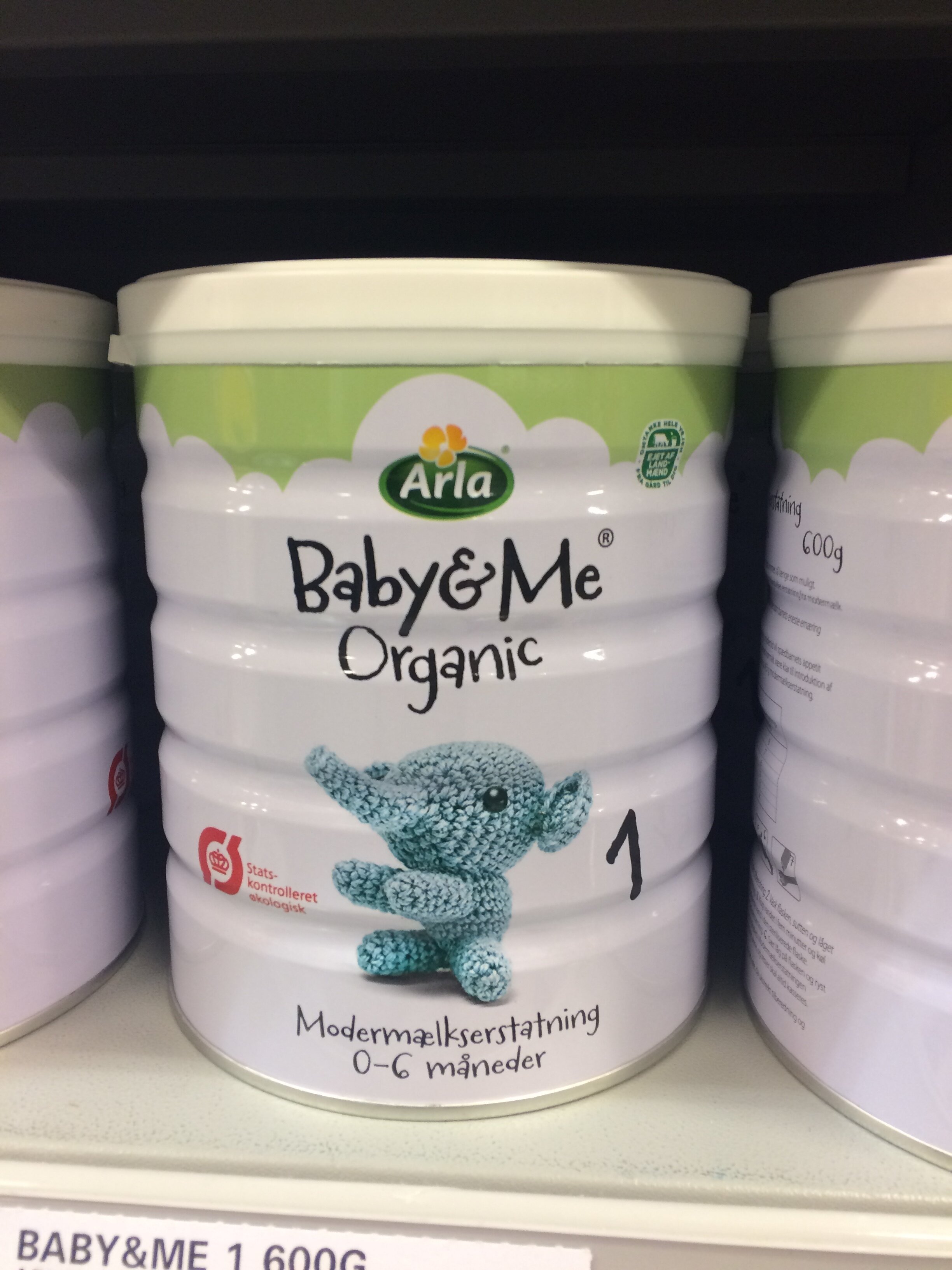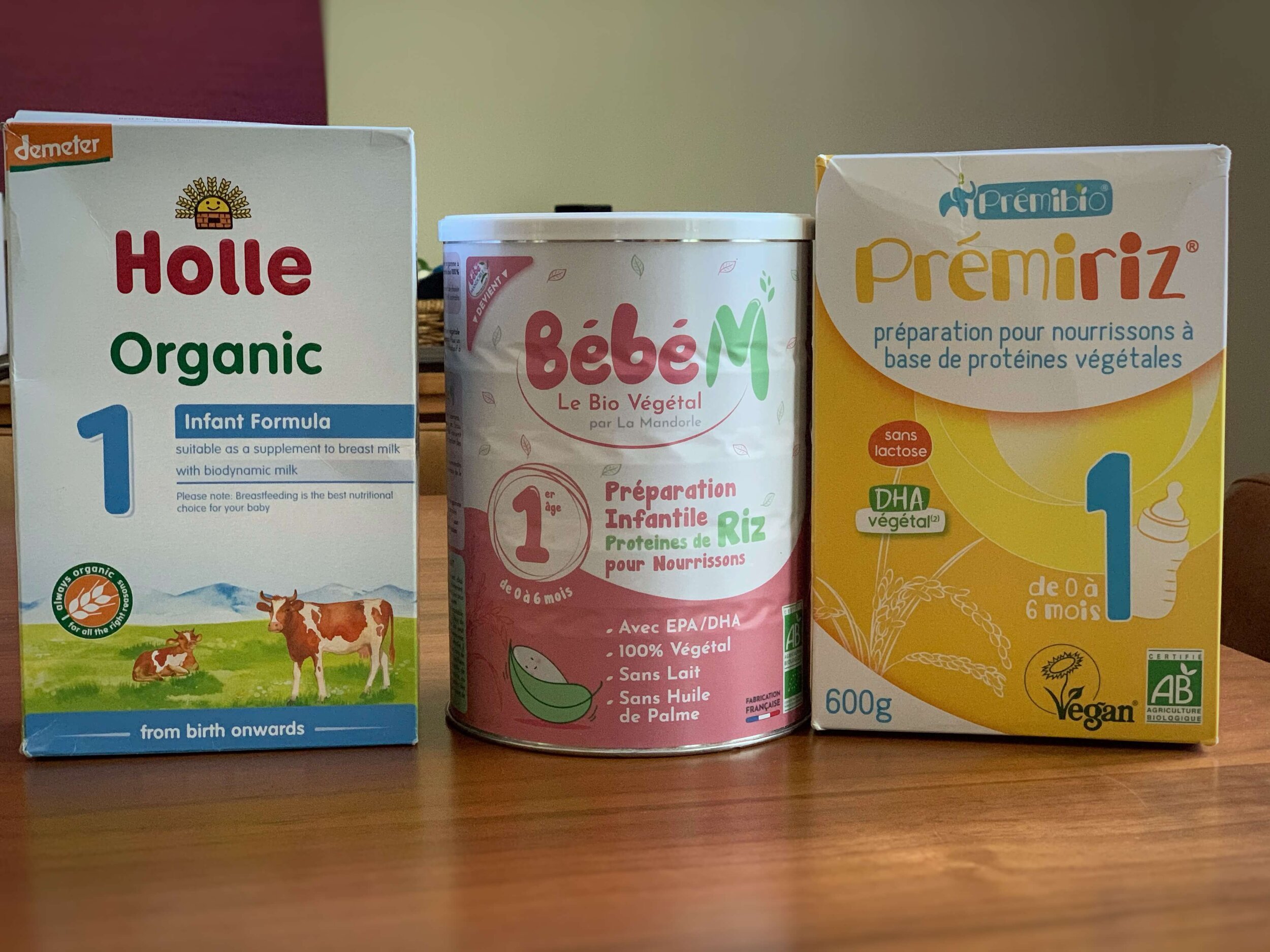European Baby Formula VS American Formula: Claims and Myths
We compare European baby formula vs. American formula, and fact check and rate (the “dirty diaper test”) five common health claims about European formulas.
Infant formula marketing is fierce. Sellers want to position their product as the best baby formula or at least better than the competition. They have a lot of incentive to stretch facts —your hard-earned money! (or if you are a health provider, your clinical recommendation)
Third-party, U.S. sellers of European baby formula are already breaking the law. Can we trust them to tell the truth when it comes to health claims? Let’s check out some of the common statements parents will see online.
Debunking Claims about European Baby Formulas
I’ve narrowed down my list by choosing statements that parents have either made to me about European baby formula or asked me about. Here’s the list of claims:
Inspired by fact checking websites, I rate the accuracy of each claim.
Statements that are true are awarded a golden baby bottle. These statements must be not only honest, but also cannot be potentially misleading.
False statements are awarded one or more dirty diapers. Increasing levels of sneakiness (and stinky-ness) results in more dirty diapers. The most misleading claims will receive five stinky diapers.
A quick note about these five statements. All come from one of two sources:
Websites of third-party sellers of European infant formula, or
Blogs that specifically promote European formula, including having affiliate links and posts that are sponsored by baby formula sellers.
Let’s get started!
Claim #1 “European baby formulas are more like breastmilk.”
Implied, but missing from this statement what is being compared or could be “more like than…” This statement is really stating that “European baby formulas are more like breastmilk than American baby formulas”
Omitting words is a common marketing strategy. It lets a company make a statement without having to… well, actually write it! Because readers finish the thought for them. Sneaky, isn’t it?
More importantly, this claim brings up a classic problem with infant formula. Critics rail against any endorsement of infant formula being like breast milk, but indeed, that is exactly what manufacturers seek – impersonation – the best that science and technology can provide. The sticky point is what it means to be “more like” breastmilk. That topic is a whole other article!
Comparing American baby formula to breastmilk is emotionally manipulative. Parents who choose to use formula experience guilt and shame, because feeding is seen as a moral choice. Feelings of failure and particularly having not done the best (or done ‘right’) for one’s baby are also common. This statement is fear-based marketing.
FDA Vs European Baby Formula
Lastly, one rationale for this claim is that European regulations about the required amounts of protein, fats, and carbohydrates in infant formula are what make European formula closer to breastmilk than US infant formula. Comparison of European and US infant formula nutrient regulations is a bit like comparing apples and oranges. European labels provide the average nutrient content, but the US lists the nutrient level guaranteed present by the expiration date.
Truth: Infant formula approximates the nutritional characteristics of human milk, but no baby formula, American or European, is really close to breastmilk. American and European infant formulas have extremely similar nutrient profiles.
Diaper Rating: Extra stinky because it is misleading and plays on parental emotions.
Claim #2 “European baby formulas can’t contain sugar or corn syrup.”
The Commission of the European Communities, better known as the EU allows eight carbohydrates to be used in baby formula, including:
lactose, the natural milk sugar
sucrose, old fashion table sugar
maltodextrin, a sugar made from starch
glucose, a simple sugar used by the body
glucose syrup or dried glucose syrup, better known as corn syrup in the United States
American consumers only see a small number of baby formulas available to European caregivers. For example, this is a picture I took in a supermarket in Switzerland in 2018. It was a large market with only a few formulas on the shelf. Plus, formulas I’ve found on the shelf in Denmark that are rarely promoted online.
Container of Baby & Me Organic Danish baby formula
Contain of Allomin 1 Danish baby formula
Formula aisle in a Zurich Supermarket in 2018
Third-party sellers are not following ANY of the consumer protection rules and regulations that formula sellers in both America and Europe must follow. But, American consumers see all of the American market. Over one-half of American baby formulas are for minor medical concerns, which Formula Sense names solution formulas. Every solution formula has added sugar to replace lactose.
Truth: Both European and American baby formula can contain sugars.
Diaper rating: Extra stinky because it is misleading and downright false.
Claim #3 “European baby formulas follow stricter regulations.”
European and American formula regulations have many similarities. European baby formula regulations are much easier to find and to read than American regulations, because American regulations are found in multiple pieces of legislation. The United States was a world leader in infant formula nutrient standards creating theirs in 1980. Europe did not have similar regulations until 1995.
Comparison of European and US infant formula nutrient regulations is a bit like comparing apples and oranges. European labels provide the average nutrient content, but the US lists the minimal content that is guaranteed present by the expiration date.
European infant formula regulations are more specific, which is what many people mean by “strict.”
Laws About Pesticide Residues
One major difference is that Europe sets maximum levels of pesticide residues in fruits, vegetables, cereals, and animal foods and they set severe limitations for residues in infant formula.
America certainly has laws on pesticides. The 1996 Food Quality Protection Act requires the US EPA show that exposure to pesticides in food is safe for children. But the pesticide data program used for monitoring is voluntary.
Truth: European regulations do follow stricter regulations for pesticide residues than America. Nutrient regulations are remarkably similar.
Diaper rating: None, this claim is truthful enough for a golden bottle. However, it is important to state that it is for pesticide regulations only.
Claim #4 “European baby formulas don’t have any ‘extra’ ingredients.”
This claim is just vague enough to sound believable. Plus, take a glance at an America baby formula label and you’ll see lots of very long words that sort of seem like extra “chemicals”.
Three containers of European baby formulas bought online in 2021. Two of these arrived without expiration dates. And notice how beat up the packages are. Food safety isn’t assured.
Unfortunately, American baby formula regulation requires nutrients to be listed by their formal, scientific names. So instead of a vitamin D, American parents will see cholecalciferol on the ingredient list.
European formulas are permitted to contain most of the “extra” ingredients found in American baby formula, including:
fructo-oligosaccharides and galacto-oligosaccharides
nucleotides
taurine
phospholipids
Truth: European baby formula contains many “extra” or functional ingredients. Their ingredient lists look simpler since they use common words for nutrients.
Diaper Rating: Two, because sellers are misleading consumers. Permitted ingredients are found easily online.
Claim #5 “European baby formulas don’t contain GMOs.”
Like claim #1, this statement is interpreted to mean that American baby formula contains GMOs, while European baby formula does not.
It is truthful that European formulas do not contain GMOs. The same is true for almost all American baby formulas. The only formulas that contain any GMO derived ingredients (usually soy) are a couple therapeutic formulas for infants with medical conditions or cow’s milk protein allergy.
Truth: European infant formula doesn’t contain GMOs, and neither do most American baby formula. And, FDA regulations require formula can labels to be truthful.
Diaper rating: Although technical truthful, this claim tries to create a solution to a problem doesn’t exist! Parents deserve clear information.
Breaking down these claims, it is clear that there is a lot of misinformation around baby formulas, especially between European and American formulas. Formula feeding should be less intimidating! Formula Sense exists to help both parents and providers find clear, science-based answers about baby formula.
If you are thinking about the right formula for your baby, download my free guide “Choosing the Best Infant Formula: Four Questions Every Parent Should Ask”
Remember to use our free Baby Formula Ingredient Interpreter Tool to learn more about common baby formula ingredients.

















